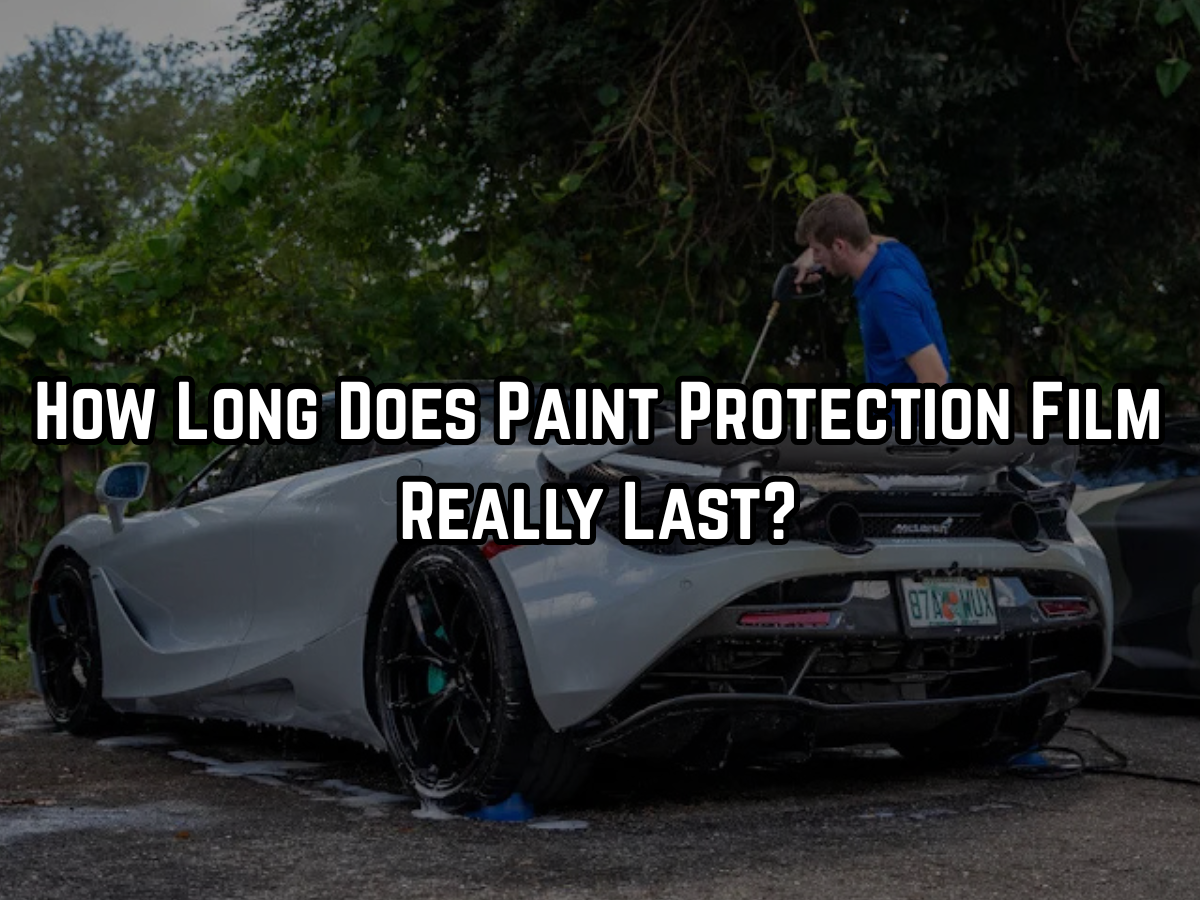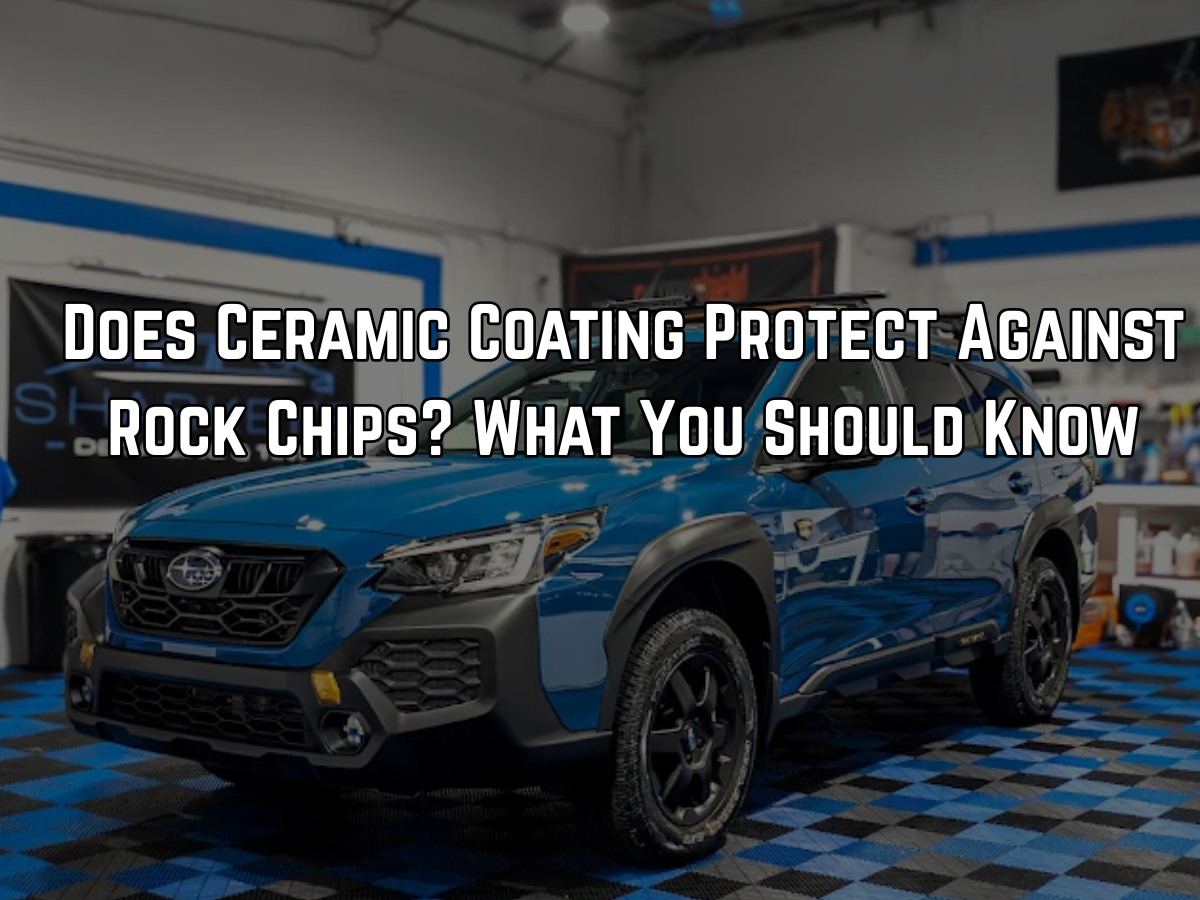Choosing the Right Shade of Tint
Selecting the perfect window tint shade involves balancing legal compliance, personal preferences, and practical needs. The right choice depends on your vehicle type, intended use, and local regulations that vary significantly by state.
Key Takeaways
- Florida law allows different tint percentages for front (28% VLT minimum) and rear windows (15% VLT minimum)
- Lower VLT percentages mean darker tint - 20% is much darker than 50%
- Consider your driving needs: night visibility, privacy requirements, and heat reduction goals
- Vehicle type matters - SUVs and trucks often have more lenient rear window regulations
- Professional consultation ensures legal compliance while meeting your specific needs
Understanding VLT Percentages
What VLT Means
VLT (Visible Light Transmission) measures how much light passes through your window tint. This percentage determines how dark your tint appears and directly impacts both function and legal compliance.
The Percentage System Explained:
- 90% VLT = Very light tint (barely noticeable)
- 70% VLT = Light tint (subtle darkness)
- 50% VLT = Medium tint (noticeable privacy)
- 35% VLT = Dark tint (significant privacy)
- 20% VLT = Very dark tint (maximum privacy)
- 5% VLT = Limo tint (nearly opaque)
Important Note: Lower numbers mean a darker tint. A 20% tint blocks 80% of visible light, while a 50% tint only blocks 50% of light.
Florida Legal Requirements
State Compliance Standards
Florida law requires front side windows to allow more than 28% of light in, while back side windows must allow more than 15% of light in. Understanding these limits prevents costly violations and ensures your vehicle remains road-legal.
Legal Limits by Window:
| Window Location | Sedan Requirements | SUV/Truck Requirements |
|---|---|---|
| Front Windshield | AS-1 line only (top 4-6 inches) | AS-1 line only |
| Front Side Windows | 28% VLT minimum | 28% VLT minimum |
| Rear Side Windows | 15% VLT minimum | Any darkness allowed |
| Rear Window | 15% VLT minimum | Any darkness allowed |
Enforcement Considerations: Florida updates its tinting laws periodically to reflect safety standards and technological advances, with laws remaining strict, particularly regarding front windshield and front side windows. Law enforcement uses VLT meters to measure tint darkness during traffic stops, making compliance essential.
Popular Tint Shade Options
50% VLT - The Balanced Choice
This moderate tint level provides noticeable benefits while maintaining excellent visibility for night driving. It's popular among first-time tint customers and those prioritizing visibility over maximum privacy.
Benefits:
- Reduces glare without significantly impacting visibility
- Provides UV protection while maintaining natural light
- Suitable for all windows in most vehicles
- Professional appearance for business vehicles
35% VLT - The Sweet Spot
Many professionals consider 35% the ideal balance of privacy, protection, and visibility. This darkness level offers substantial benefits while remaining practical for daily driving.
Advantages:
- Significant heat reduction and UV protection
- Good privacy without compromising safety
- Works well for front windows in most states
- Maintains resale value appeal
20% VLT - Maximum Privacy
This darker option provides excellent privacy and heat rejection but requires careful consideration of night visibility and local regulations.
Considerations:
- Substantial privacy for rear passengers and cargo
- Excellent heat and glare reduction
- May require rolling down windows at night for better visibility
- Only legal on rear windows in Florida
Factors That Influence Your Choice
Driving Patterns and Needs
Your typical driving conditions should heavily influence tint selection. Different scenarios require different approaches to balancing benefits and practicality.
Night Driving Frequency: If you drive frequently after dark, lighter tints (50% or higher) maintain better visibility while still providing daytime benefits. Darker tints can make it challenging to see pedestrians, cyclists, or road hazards in low-light conditions.
Privacy Requirements: Vehicle owners who regularly transport valuable items or prefer maximum privacy might choose darker rear window tints while keeping front windows at legal minimums for safety.
Heat Sensitivity: Florida's intense climate makes heat rejection a priority. Ceramic films can provide excellent heat reduction even at lighter tint levels, allowing you to prioritize visibility while maintaining comfort.
Vehicle-Specific Considerations
Sedan vs. SUV/Truck Differences
Vehicle type affects both legal requirements and practical considerations for tint selection. Understanding these differences helps optimize your choices.
Sedan Considerations:
- All windows have legal restrictions in Florida
- A balanced approach often works best
- Consider passenger comfort for rear seating
- Maintain a professional appearance for business use
SUV/Truck Advantages:
- More flexibility for rear and back side windows
- Can use darker tints for cargo area privacy
- A higher seating position provides a natural visibility advantage
- Often used for recreational purposes requiring privacy
Climate and Environmental Factors
Florida-Specific Challenges
Sarasota's climate presents unique challenges that influence optimal tint selection. High temperatures, intense UV radiation, and frequent rain affect both comfort and visibility needs.
Heat Management: Florida's year-round heat makes cooling efficiency crucial. Quality ceramic films provide superior heat rejection across all VLT levels, allowing lighter tints to deliver significant temperature reduction.
UV Protection: Intense Florida sun accelerates interior fading and skin damage. Even light tints (70% VLT) block significant UV radiation while maintaining excellent visibility.
Rain and Storm Visibility: Frequent afternoon thunderstorms require excellent visibility through tinted windows. Lighter tints perform better in these conditions while still providing daily benefits.
Professional vs. DIY Considerations
Why Professional Installation Matters
Tint shade selection involves more than choosing a darkness level. Professional installers consider your specific vehicle, usage patterns, and local conditions to recommend optimal solutions.
Professional Advantages:
- Access to high-quality ceramic and crystalline films
- Knowledge of legal requirements and enforcement patterns
- Ability to mix different shades for optimal results
- Warranty protection and quality guarantees
Common DIY Mistakes:
- Choosing illegal tint levels without understanding the consequences
- Selecting poor-quality films that fade or purple over time
- Improper installation leading to bubbles and peeling
- Misunderstanding VLT percentages and ordering the wrong darkness
Advanced Tint Technologies
Film Type Affects Shade Choice
Modern tint technology allows lighter shades to deliver performance previously requiring darker films. Understanding these options expands your selection possibilities.
Ceramic Films: These premium films provide excellent heat rejection and UV protection at higher VLT levels, allowing you to choose lighter tints without sacrificing performance.
Crystalline Films: Ultra-premium films offer maximum heat rejection with minimal darkness, perfect for those wanting performance without appearance changes.
Carbon Films: Quality carbon films provide good performance and appearance at moderate VLT levels, offering value-conscious consumers effective solutions.
This is paragraph text. Click it or hit the Manage Text button to change the font, color, size, format, and more. To set up site-wide paragraph and title styles, go to Site Theme.
Making Your Decision
Assessment Process
Choosing the right tint shade requires evaluating multiple factors systematically. Consider each element carefully to make an informed decision that meets your long-term needs.
Step 1: Determine Legal Limits Start with Florida's requirements for your specific vehicle type, then work within those constraints to optimize your choices.
Step 2: Evaluate Usage Patterns. Consider your typical driving times, passenger needs, and privacy requirements to narrow your options.
Step 3: Consider Climate Needs Factor in Florida's intense heat and UV exposure to determine necessary protection levels.
Step 4: Professional Consultation Discuss your needs with experienced installers who can recommend specific films and VLT combinations that meet your requirements.
Long-Term Satisfaction
Avoiding Common Regrets
Many customers later wish they had made different shade choices. Learning from common mistakes helps ensure long-term satisfaction with your selection.
Too Dark: Choosing overly dark tints can create safety issues and legal problems. Start conservative and add darker films later if desired.
Too Light: Some customers underestimate their privacy and heat reduction needs. Consider your maximum requirements rather than minimum acceptable levels.
Mismatched Windows: Using dramatically different shades on various windows can create an unbalanced appearance. Professional guidance helps achieve cohesive results.
Conclusion
Selecting the right window tint shade requires balancing legal compliance, personal needs, and environmental factors specific to Florida's climate. Understanding VLT percentages, state regulations, and how different darkness levels perform helps you make informed decisions that provide years of satisfaction.
The investment in professional consultation and installation ensures your tint choice meets both immediate needs and long-term expectations. Whether you prioritize maximum privacy, optimal visibility, or balanced performance, the right shade selection enhances your driving experience while protecting your vehicle and passengers.
Remember that window tint is a long-term investment in your vehicle's comfort, protection, and value. Taking time to carefully consider all factors ensures you'll be satisfied with your choice for years to come.




